A new roof can add significant value to your home, but it’s a costly project. The exact cost will vary, but there are a few things to keep in mind when calculating your costs.
One big factor is the roof’s pitch, or slope. Steeper roofs are more difficult and expensive to work on, and they require additional safety measures. Read this first!
Cost of Materials
Replacing the roof is one of the most expensive home improvement projects. But it’s also an essential investment for homeowners looking to protect their homes from moisture damage, pest infestations, and high energy costs.
The cost of the material you choose is the biggest factor in determining your total roof replacement cost. Asphalt shingles are the most popular roofing option, with prices ranging from $5 to $6 per “roofing square” (a square is the amount of space covered by the shingles on a typical home).
If you choose a more premium roofing material such as natural slate or wood shakes, expect to pay more. You’ll also need to consider additional materials such as underlayment, which helps prevent water damage and mold from forming inside the home. Some roofing contractors charge a small fee for the delivery and disposal of these materials, while others include them as part of the overall roof replacement quote. Also, if your roof has a steep pitch, be prepared to spend extra on special equipment for roofers to work safely on it.
Cost of Labor
The cost of labor is a huge factor in determining the overall price of roof replacement. Homeowners can save money on the installation process by doing some of the work themselves. However, the safest option is to let a professional handle the job.
The size of the house, its geographical location, and the type of shingles used all affect the cost of materials and labor. Homeowners can lower the total bill by choosing cheaper materials, such as a basic asphalt shingle that is rated for 110 mph winds instead of a premium Owens Corning laminated shingle that is able to withstand 130 mph winds.
The pitch (the slope) of the roof also has a big impact on the cost. The steeper the roof, the more time-consuming and expensive it is to replace because workers must use safety equipment while working on it. Similarly, the cost of features like chimneys and skylights will add to the total installation costs.
Cost of Removal
Homeowners may need to spend money to remove the old roof before having a new one installed. This is common, and costs will vary based on the size of the existing roof. This cost is usually bundled into the overall cost of the replacement and may include labor costs for tearing down as well as dumpster rental and material disposal fees. Asphalt shingles are often considered hazardous building materials, and some areas have strict rules regarding their disposal.
The choice of shingle type and alternate roofing materials also affects the cost of a new roof. However, this is something that homeowners can control, and spending more on high-quality materials can help ensure the roof will last longer and add value to the property.
Regardless of the cost, it is worth investing in a quality roof to protect the rest of the house and improve property value. It may even be possible to get some or all of the roof replacement costs covered through local and federal home improvement grants.
Additional Expenses
A roof replacement is one of the largest and most expensive home improvement projects. However, a new roof is also one of the most important ones as it protects the house and adds value to it. This is why homeowners shouldn’t be tempted to skimp on the project.
While some factors that influence the cost of a roof are out of a homeowner’s control, there are many things that can be done to minimize the expense. For example, a homeowner can choose to install a smaller roof. This will lower the overall cost but still ensure that the roof is of good quality.
The size of the house, the type of roof, and the roofing materials will also affect the cost. Additionally, the geographic location of the house can cause a difference in the price since some areas have to use stronger materials to withstand harsh weather conditions. Lastly, any extras added to the roof such as chimneys, skylights, or HVAC openings and vents will increase the overall cost because they require additional flashing and caulking. Discover more interesting articles.








